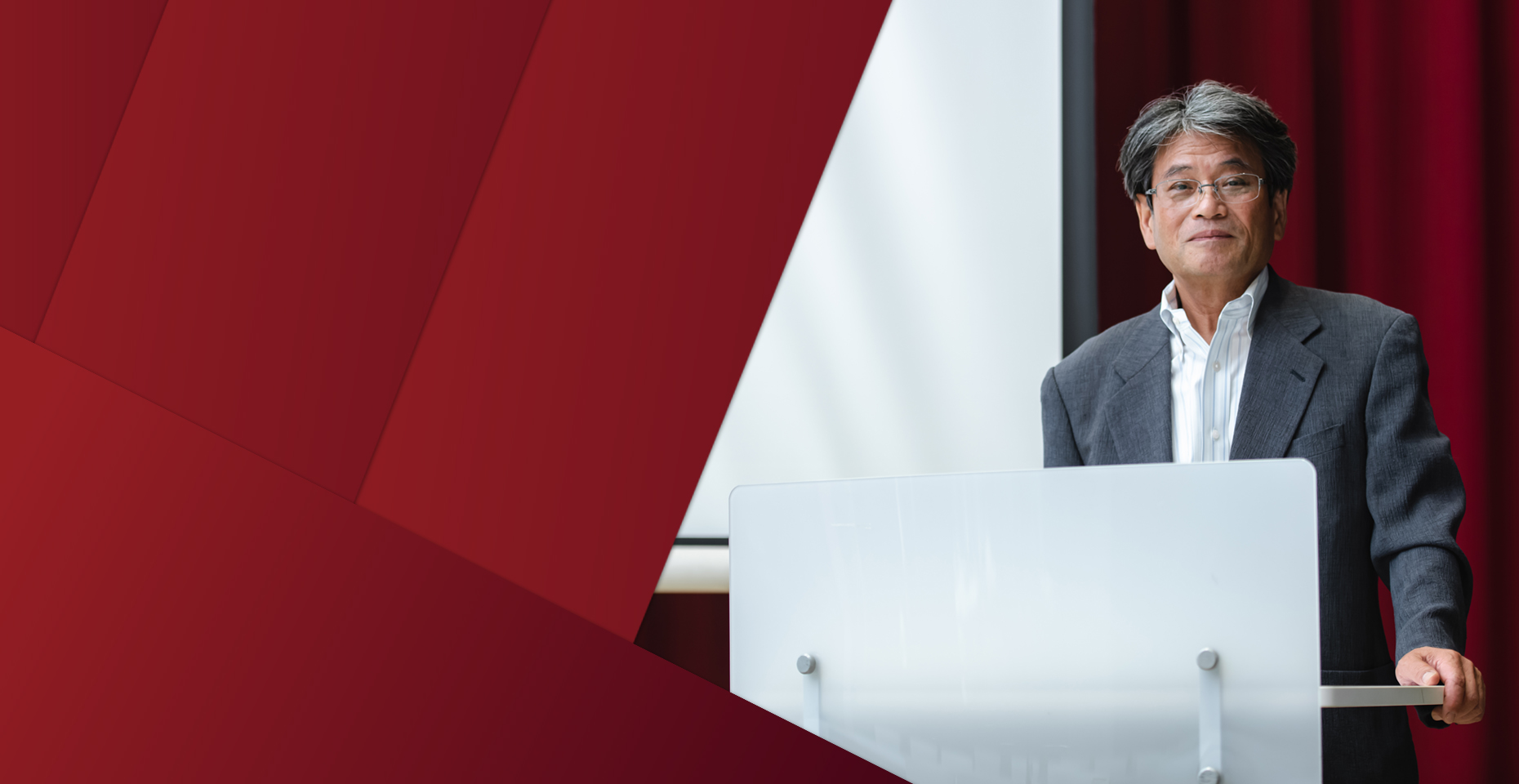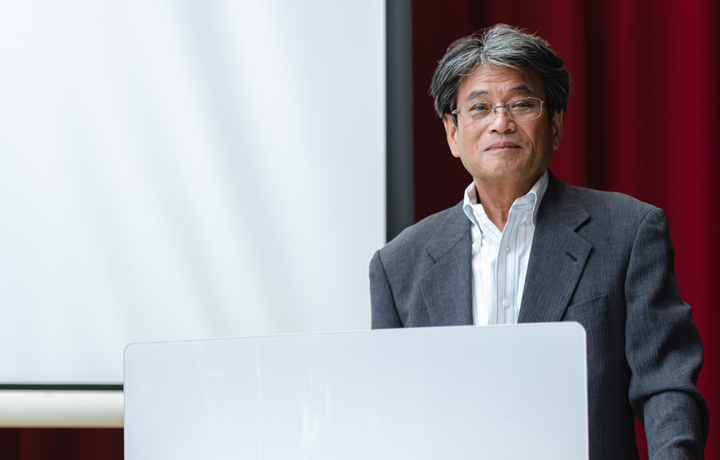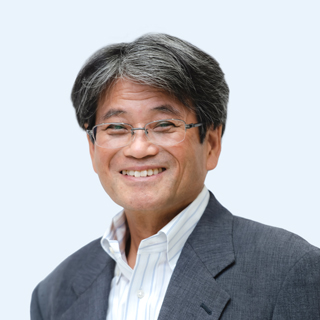In 2022, Chiba University established the Institute for Advanced Academic Research (IAAR) as a hub for cutting-edge interdisciplinary research and innovation. Starting from the 2023 academic year, the IAAR Seminar was launched to showcase internal researchers’ latest research efforts and foster deeper learning.
During the inaugural seminar held in April 2023, Hideyuki Takahashi, the Director of the Research Center for Space Agriculture and Horticultural affiliated with the Graduate School of Horticulture, delivered a lecture titled “Gravitational and Space Biology toward the Science for Human Habitation in Space: Establishing a Food Production System through Space Horticulture Research.”
Dr. Takahashi is dedicated to research on the mechanisms underlying plants’ responses to their environment and growth regulation. In space environment utilization research, he has conducted spaceflight experiments aboard the space shuttle and the International Space Station, uncovering the mechanisms that drive gravimorphogenesis in plants and the hydrotropism of roots.
Drawing from his extensive involvement in gravitational and space biology, space utilization research, and human planetary habitation science, Dr. Takahashi aims to apply his experience to embark on fundamental research on developing food production systems in space and on the moon. This research initiative holds the potential to establish the foundational knowledge for human habitation on the moon and future endeavors in deep space exploration by manned missions.
Plants perceive gravity to facilitate their growth
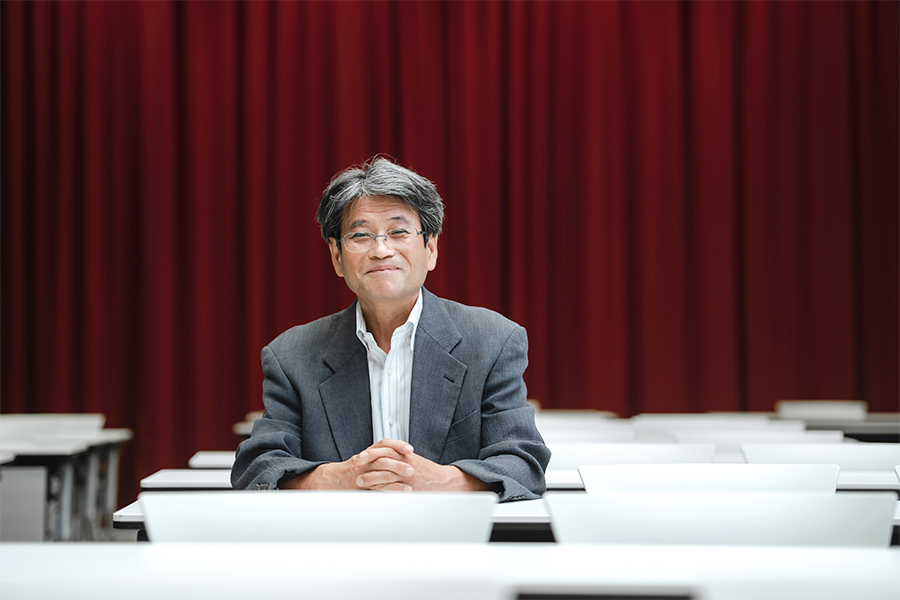
When plant seeds are sown in the soil, the stems grow upwards while the roots grow downwards. This phenomenon is a plant growth response to the environment known as ‘gravitropism’ (Fig. 1, left). Among the various plant hormones, there’s one called ‘auxin,’ which shows polar transport by a carrier protein called ‘PIN protein.’ While columella cells at the tip of the root sense gravity, a specific PIN protein, PIN3, is directed to the plasma membrane underneath the gravity-sensing cells of Arabidopsis roots. This prompts the auxin to move downwards in the root tip. Subsequently, through the action of PIN2, it’s transported to the lower side of the elongation zone of the root. As a result, the concentration of auxin becomes higher on the lower side of the root, suppressing cell elongation. Consequently, the upper part of the root grows more than the lower part, causing the roots to grow in the direction of gravity (downward).
Similarly, in the stem gravistimulated by reorienting in a horizontal position auxin is transported downwards and accumulated on the lower side of the stem. However, in the case of stems, the lower side, which has a higher concentration of auxin, elongates considerably, resulting in growth in the opposite direction of gravity (upwards) (Figure 1, right).
Based on this foundational knowledge as a background, we conducted three studies.

Left: Due to gravitropism, the stem grows upward, and the root grows downward. Right: Once cells perceive gravity, the PIN-mediated auxin transport causes an increase of auxin on the lower side of the root and stem. As a result, the roots curve in the direction of gravity. In contrast, the stems grow in the opposite direction of gravity, owing to the distinct optimal concentration of auxin for growth between stems and roots.
Initiating Hypothesis Testing in Space: How Do Plants Grow in an Almost Gravity-Free Environment?
−Study 1: Do cucumber pegs develop in response to gravity?
When cucumber seeds germinate, they develop a protuberance called “peg” just below the border (transition zone) between the hypocotyl and the root (Fig. 2, bottom left). The peg exerts pressure on the lower side of the seed coat, and as the hypocotyl grows upward, the shoot smoothly emerges from the seed coat and the soil.
Considering the possibility that this peg formation might also be influenced by gravity, we initiated an experiment to germinate cucumbers in space, an environment within minimal gravity (microgravity). In 1998, astronaut Chiaki Mukai, together with other crews, conducted a germination experiment on the Space Shuttle Discovery. Surprisingly, under microgravity conditions, a peg formed on each side of the hypocotyl-root boundary (Fig. 2, bottom right). This experiment successfully demonstrated that cucumber seedlings have the capability to develop a peg on each side of the transition zone between hypocotyl and stem. Also, the result implied that on Earth, gravity sensing led to the suppression of peg formation on the upper side of the transition zone. Thus, peg formation is negatively controlled by gravity.
Continuing this investigation, we carried out a series of experiments on the International Space Station starting in 2011 to investigate the behavior of CsPIN1, a PIN protein involved in cucumber peg formation, under microgravity. The findings unveiled that CsPIN1 was not distributed unevenly on the plasma membrane of the gravity-sensing cells in a microgravity environment. However, within the equipment on the space station that generated artificial gravity, CsPIN1 exhibited an orderly distribution in the plasm membrane on the lower side. This discovery illuminated that when gravity-sensing cells detect gravity, a pathway forms for transporting auxin from top to bottom. Consequently, peg formation is restrained on the upper side where auxin concentration is low, while a single peg develops on the lower side.
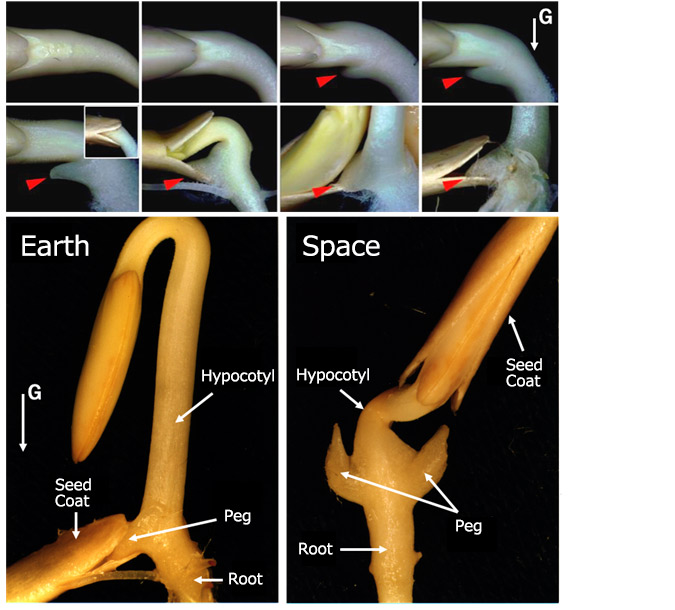
Upper Two Rows: When a cucumber seed germinates horizontally, a peg (indicated by the red arrowhead) forms below the hypocotyl-root boundary. Lower Left (Control Group on Earth): A single peg forms, securing the seed coat while the hypocotyl extends, eventually leading the seedling to emerge from the seed coat. Bottom Right (Microgravity Group in Space): A peg develops on each side of the hypocotyl-root boundary, and the seedling remains covered with the seed coat. The white arrow with the letter G indicates the direction of gravity. (Takahashi et al., Planta 2000; Watanabe et al., Plant Physiology 2012)
−Study 2: Do cucumber roots show a stronger gravitropic response than hydrotropic ones?
In a 1998 experiment conducted on cucumber seedlings in the microgravity of space, it was observed that the roots grew in a direction toward the water-filled sponge, just like the motion of stretching your arms above your head. This observation led to the speculation that the roots exhibit hydrotropism by growing in search of water. Consequently, we hypothesized that roots might prioritize expressing gravitropism over hydrotropism in a gravitational environment like on Earth. Starting in 2010, we conducted multiple tests on the space station. The results were quite revealing: under the microgravity environment, hydrotropism became notably evident, while in the artificial gravity setting, gravitropism overcame hydrotropism by growing the roots in the direction of gravity. (Fig. 3).
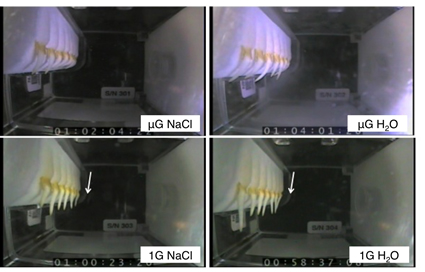
Upper Rows: When cucumber seeds are germinated in the presence of a water gradient, the roots develop hydrotropism and grow toward the side of higher water potential (the side with the water-rich sponge) in the microgravity of space.
Lower Rows: Under the artificial gravity of space (1G), the roots display gravitropism (growing in the direction of gravity), overshadowing hydrotropism. White arrows indicate the direction of gravity. (Morohashi et al., New Phytologist 2017)
−Study 3: Is the upward twirling of morning glory vines influenced by gravity?
The commonly observed morning glory is a climbing plant that seeks out stable structures like fences to entwine itself and grow upward. During this process, the wild-type morning glory shows a rotatory head movement called circumnutation, twisting and winding the tip of the vine as it grows. However, in the case of the weeping cultivar ‘Shidare-asagao,’ unlike the wild type, the vines do not grow upright, and no rotational movement is observed. This phenomenon has been attributed to the fact that the weeping morning glory is unable to differentiate normal gravity-sensing cells due to a mutation.
Therefore, in 2015, we conducted an experiment using rice seedlings on the space station to investigate whether gravity truly plays a role in circumnutational movement. As expected, the circumnutation was significantly diminished under the microgravity conditions of the space station. This outcome effectively confirmed that the circumnutation of plants is indeed affected by gravity.
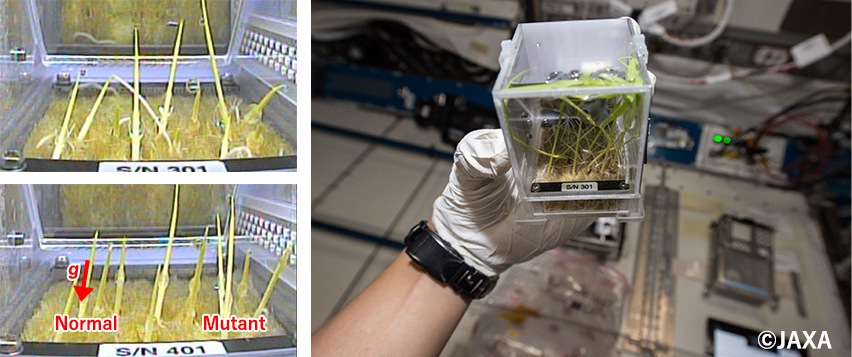
On July 28, 2015, rice seeds placed within JAXA’s plant experiment unit in the ISS Kibo Experiment Module were watered, and filming began on July 30. A 10-second video was recorded at 15-minute intervals. (Kobayashi et al., Physiologia Plantarum 2019)
Upper Left: Seedlings cultivated in a microgravity environment. Roots grow beyond the culture medium, and the direction of above-ground growth remains undetermined. Lower Left: Seedlings exposed to artificial gravity in the direction indicated by the arrow (g). While roots are not visible within the culture medium, the above-ground sections of the normal cultivars (6 plants on the left) grow in the direction opposite to gravity. Conversely, the gravity-less-sensitive mutant on the right slightly deviates from the direction of gravity. Right: Rice seedlings of S/N301 (pictured at the upper left) after 9 days of watering (photo taken on August 6, 2015)
Based on the research findings obtained from experiments utilizing the space environment, it can be concluded that outer space serves as an exceptionally valuable laboratory for investigating the functions of plants.
To produce food on the moon and mars
NASA is leading a lunar exploration project called the “Artemis Project.” In this initiative, the goal is to send humans to the moon after 2025 with the eventual aim of establishing a habitable presence there.
As part of this project, there is a plan to set up a new space station named the Deep Space Exploration Gateway (DSG) in lunar orbit; now it is called the Lunar Orbital Platform-Gateway (LOP-G) as well. This station would serve as a base for lunar surface operations and deep space explorations, including missions to Mars. The DSG’s location, farther from the Earth than the International Space Station, not only impacts gravity but also brings changes in the effects of magnetic fields and cosmic radiation on living organisms. Therefore, within the context of the DSG, it becomes essential to investigate the impacts on animals, plants, and human bodies. This investigation will help us understand how extended stay in space, longer than ever before, might affect biological systems.

−Challenges of the Artemis Project and the Potential of “Space Horticulture”
Securing food supplies, especially fresh vegetables, is a crucial concern for sustaining life on the moon. NASA initiated algae cultivation in the 1960s and has progressively expanded the repertoire of crops and vegetables that can flourish in space. Currently, cultivation trials are ongoing at the International Space Station, although astronauts have been primarily responsible for most cultivation tasks thus far. Efforts are also underway to facilitate automation in the future. Furthermore, in Europe, endeavors are geared towards simulating space-like environments on Earth and developing technologies with immediate applicability to space. For example, they verify plant cultivation techniques in extreme conditions through a cultivation device installed in Antarctica. Simultaneously, strides are being taken to advance the development of an ultra-minimal, closed ecological life support system.
By exploring the impact of the space environment on various crops, creating new strains capable of thriving in space, developing efficient cultivation technology for extraterrestrial conditions, advancing material recycling systems, and particularly, pioneering zero-emission food production systems that eliminate waste, we could potentially significantly lower the barriers to human mitigation to the moon or Mars in the future. I envision that this field of research will solidify into a distinct academic domain known as “Space Horticulture.”
Initiatives of the Research Center for Space Agriculture and Horticulture
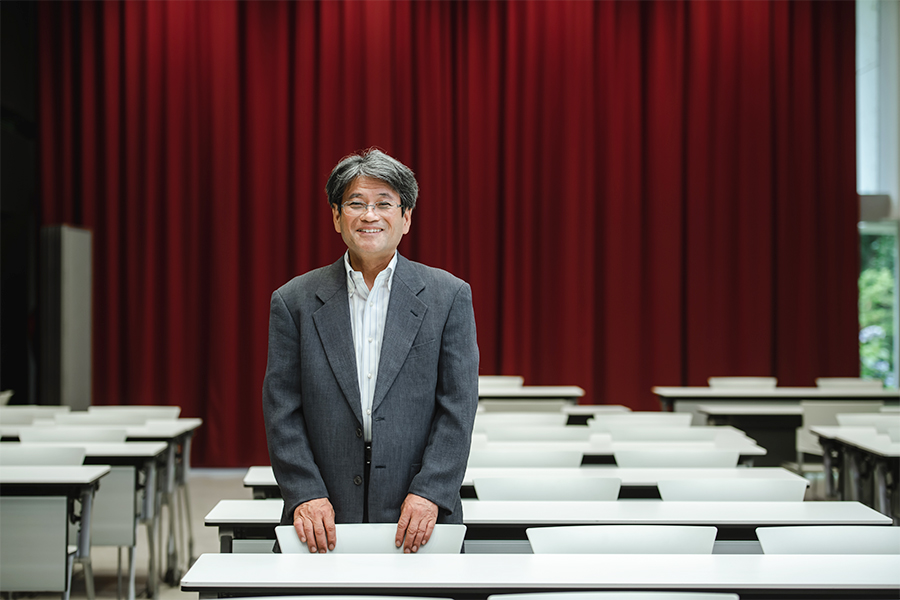
Japan is also actively participating in the Artemis project. As the only national university with a Faculty of Horticulture, Chiba University established the Research Center for Space Agriculture and Horticulture in January 2023. Researchers, including myself, have embarked on systematic research activities at this center, which serves as a pivotal hub for space horticulture studies. The center’s overarching objective is to lay the groundwork for a space-based food production system that caters to the unique demands of the Moon and Mars.
To this end, the center has three research divisions: ‘The Division of New Functional Plants for Space,’ ‘The Division of Highly Efficient Plant Production in Space,’ and ‘The Division of Zero-Emission Technology for Closed Ecosystem.’ The Division of New Functional Plants for Space aims to understand the distinct impacts of the space environment on plants. It seeks to explore and develop highly functional plant varieties/crop cultivars capable of growing in the extraterrestrial conditions of space. The Division of Highly Efficient Plant Production in Space is devoted to devising techniques for efficiently cultivating plants in low-gravity and low-pressure space-like environments. This division isn’t just focused on environmental control for plant production; it’s also advancing remote operation and robot-based cultivation technologies. Furthermore, the Division of Zero-Emission Technology for Closed Ecosystem is dedicated to developing a resource circulation system encompassing activities such as recycling organic waste. The ultimate goal is to conceive a complete closed-loop food production system that operates on zero-waste principles.
Through these studies, we aim to contribute to enhancing the Quality of Life (QOL) both in space and on Earth, while also fostering the development of skilled professionals for this purpose.
Looking ahead, it is essential to conduct ground research that simulates space environments and validate ideas that can lead to space food production systems through space experiments, encompassing both scientific and technological dimensions. In line with the cross-departmental collaborative research framework at Chiba University, I anticipate that engaging in discussions with researchers from diverse backgrounds, including those who have never been involved in space research, will yield innovative perspectives and uncover fresh avenues of exploration.
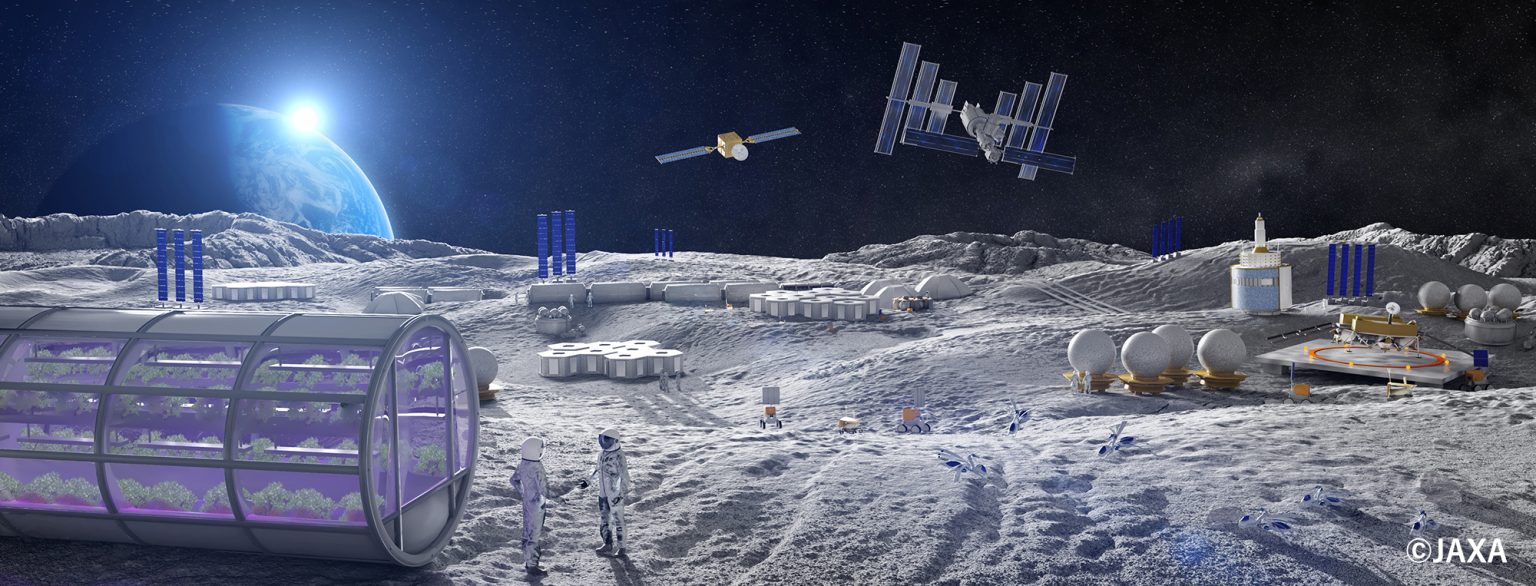
Recommend
-
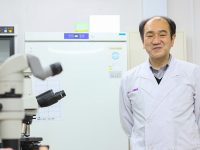
The World of Mold around Us: The A to Z of Mold
2023.04.06
-
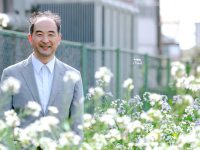
Viewing a Diverse World through the Lens of Agriculture and Food: Enriching Global SDGs Education with Insights from Extensive Overseas Field Research
2023.08.31
-
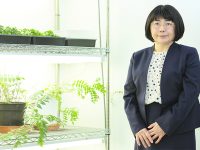
Mimicking the 500 million years of plant survival strategies to create a sustainable future
2023.01.14


